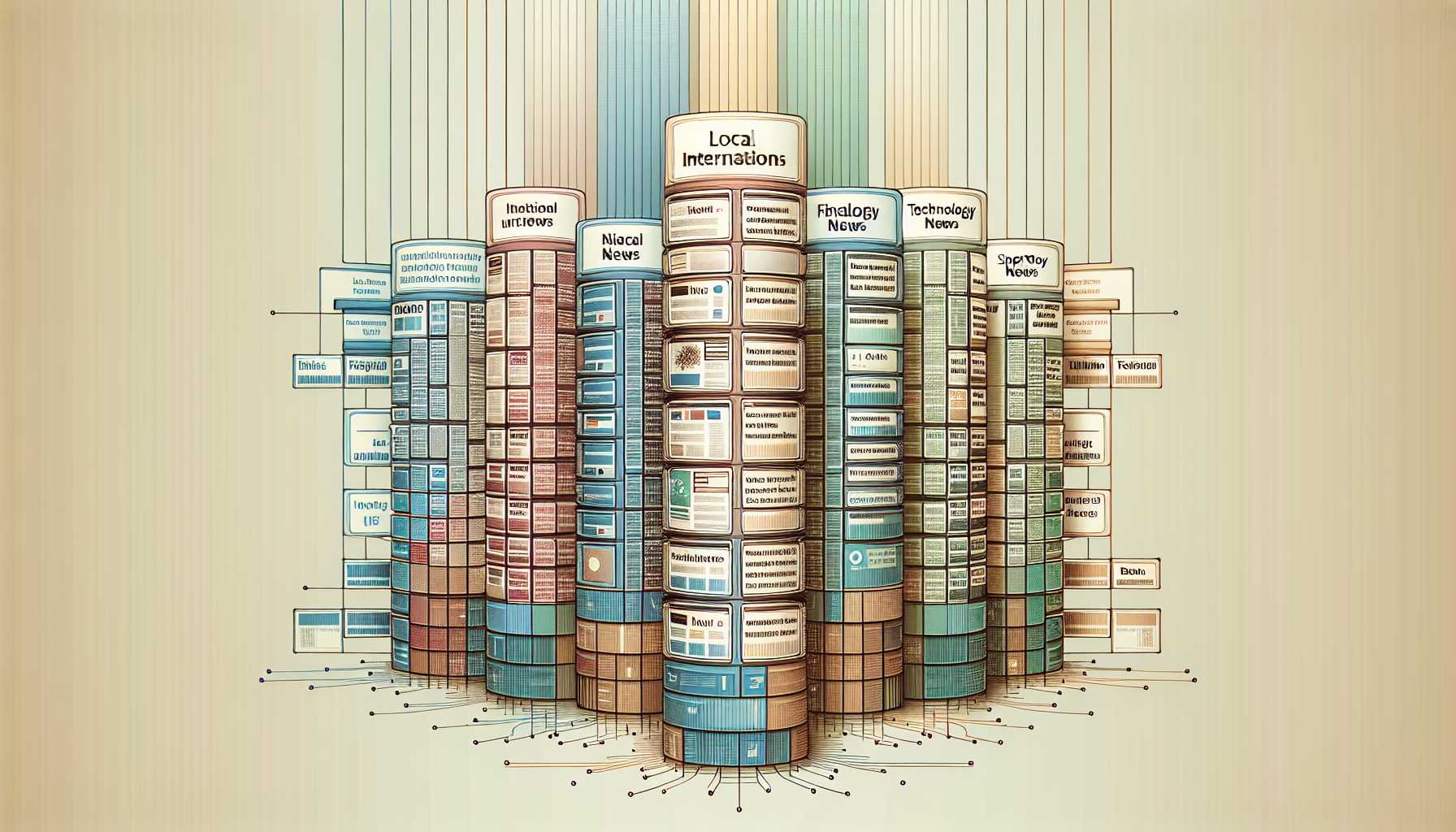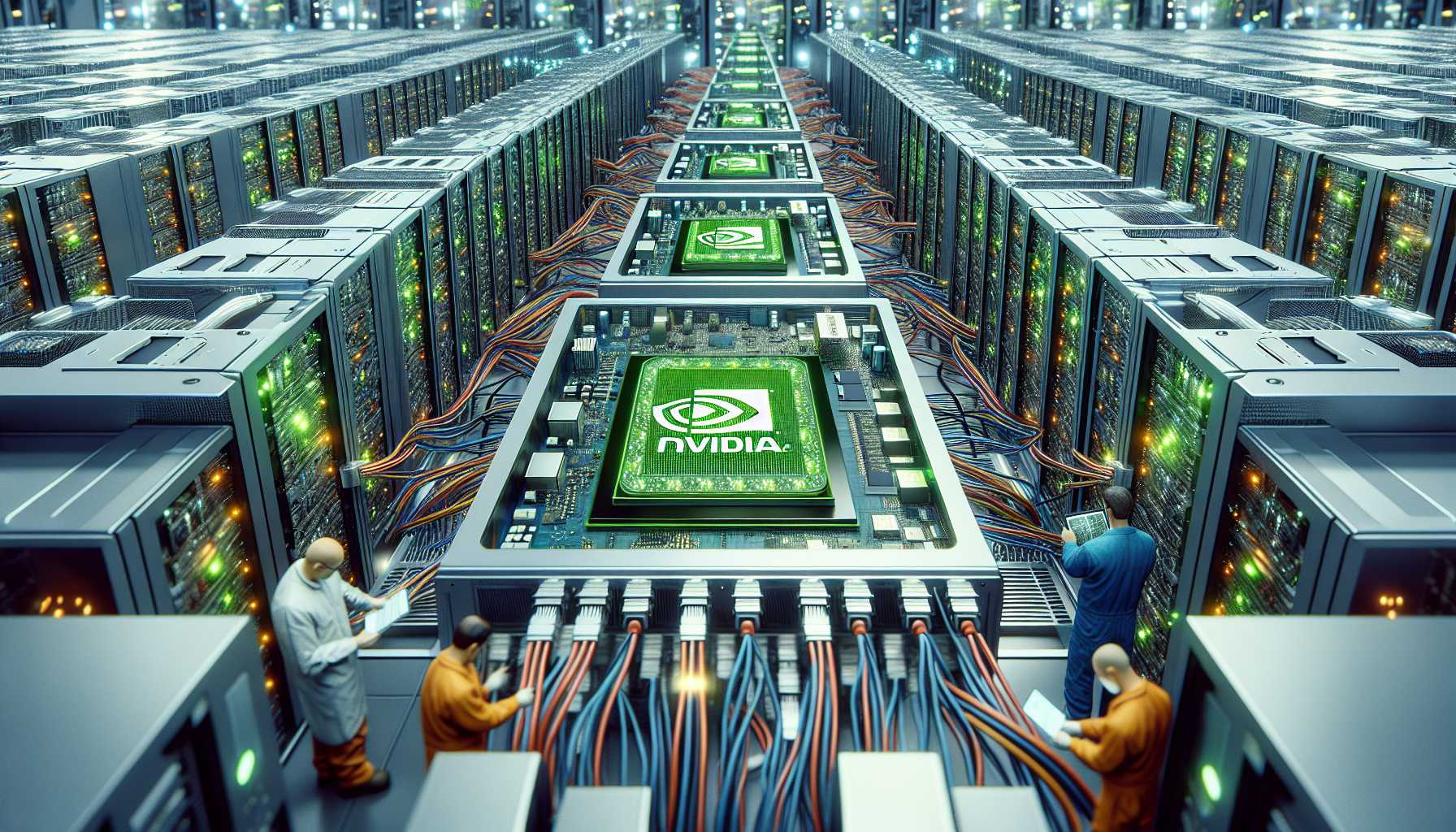The Strategic Alignments of OpenAI and Media Titans
The Strategic Alignments of OpenAI and Media Titans
If you’ve been following the news lately, you’ve probably noticed that OpenAI is on a spree of signing licensing agreements with major media companies. Most recently, The Atlantic and Vox Media have jumped on board. What’s driving this surge in partnerships?
First, it’s crucial to understand the stakes; these partnerships provide OpenAI with much-needed training data while avoiding potential copyright lawsuits. Licensing deals have been inked with big names like News Corp, Axel Springer, DotDash Meredith, and The Associated Press, among others. For instance, News Corp’s deal alone is estimated at a whopping $250 million over five years.
The finer details of these agreements also provide insights into how the content will be used. For example, articles from Vox Media’s publications will feature attribution links when cited inside ChatGPT. Essentially, these collaborations not only offer OpenAI a legal shield but also set a precedent for how AI-generated content should respect intellectual property. This is a win-win for both parties—OpenAI gets its data, and media companies get a modern vehicle of distribution and attribution.
ThreadsDeck: Competing with the Giants
ThreadsDeck: Competing with the Giants
Remember how TweetDeck used to be the go-to interface for managing multiple Twitter feeds? Well, Instagram’s Threads app has taken a leaf out of that book. Dubbed ThreadsDeck by its growing fanbase, this new user interface aims to make Threads the alternative to Elon Musk’s X (formerly Twitter).
The most striking feature of ThreadsDeck is its column-based layout that allows users to pin different feeds side-by-side. Whether it’s your For You feed, Following feed, or even specific topics like political discussions, everything is accessible in real-time. This design aligns Threads more closely with the real-time news discussions that used to make Twitter irreplaceable.
What makes ThreadsDeck especially intriguing is its timing. Instagram head Adam Mosseri announced this global rollout just when political discourse is heating up, especially with significant events like the Trump verdict. Although Meta has grappled with the complexities of moderating political content, the market demand for such a feature is undeniable. Despite its initial attempt to avoid politics, Threads has found a way to stay relevant, proving users’ demand for real-time updates can be met effectively without the traditional pitfalls.
Temu and the Stricter European Digital Services Act
Temu and the Stricter European Digital Services Act
Temu, the burgeoning e-commerce marketplace owned by Chinese retail giant Pinduoduo, is now facing its toughest challenge yet. The European Union has classified Temu as a Very Large Online Platform (VLOP), bringing it under the stringent regulations of the Digital Services Act (DSA). With over 75 million users in the EU alone, Temu exceeds the 45 million thresholds needed for this classification.
This designation subjects Temu to additional scrutiny, making it accountable for the quality, legality, and safety of the content and products on its platform. BEUC, the European consumer organization, had already flagged Temu for multiple alleged breaches, which triggered this heightened regulatory focus.
For Temu, this means ramping up efforts to monitor its use of AI in content ranking, recommendation systems, and other algorithm-driven features. To comply, Temu will need to deliver regular risk assessment reports and possibly even redesign aspects of its service to meet these rigorous standards. Welcome to the big leagues, Temu.
The Excitement at TechCrunch Disrupt: Breakout Sessions for 2024
The Excitement at TechCrunch Disrupt: Breakout Sessions for 2024
TechCrunch Disrupt is the go-to event if you want to stay ahead of the curve in the tech industry, and the 2024 edition promises to be an absolute knockout. From breakthrough fintech solutions to generative AI applications and discussions on the future of engineering-led startups, this year’s Audience Choice breakout sessions stand out.
One captivating session will focus on bridging startups with large financial institutions, featuring Citi Ventures and Quantifind. Another session dives deep into demystifying the practical applications of generative AI, led by Google’s Priyanka Vergadia. There’s also an exciting panel on how AI is transforming professional services, with speakers like Harpinder Singh and Luke McGartland.
These sessions illustrate that while generative AI gets a lot of buzz, its true potential lies in practical, real-world applications. The strategies and innovations discussed at these breakouts will very likely shape the future landscape of their respective industries.
Nvidia and the AI Gold Rush
Nvidia and the AI Gold Rush
Ah, Nvidia! The tech darling that’s been riding the AI revolution like a surfboard on a tidal wave. Over the past year, its GPUs have powered a host of groundbreaking AI applications, from generative models to cutting-edge medical imaging. With record revenues and profits, Nvidia remains at the forefront of the AI gold rush.
Recent reports indicate that Nvidia’s revenue soared to $26 billion last quarter, driven by the exponential growth of its data center segment. This growth is unparalleled, especially when you consider that Nvidia also increased its GPU production capabilities to meet this skyrocketing demand.
One of the standout moments was the introduction of their Blackwell GPUs, which promise to take AI processing to new heights. It’s not just about delivering faster compute speeds; it’s about unlocking new applications in fields that were previously unimaginable, from enterprise solutions to research and beyond. I firmly believe that Nvidia is setting a high bar, not just in terms of hardware but also in fostering an ecosystem that can adapt and grow with the evolving needs of AI developers and enterprises.
AI and the Shift in Enterprise Computing
AI and the Shift in Enterprise Computing
Just when you thought cloud computing had peaked, AI walks in, reshuffling the entire deck. Dell’s recent earnings report sheds light on the complexities and opportunities of integrating AI into enterprise computing. While Dell recognized slower-than-expected AI uptake across various enterprises, they remain cautiously optimistic.
Dell’s strategy hinges on the belief that enterprises will eventually need on-premises AI infrastructure for its closer proximity to data. This mirrors tactics from the early cloud adoption days, where control of infrastructure played a critical role. However, the question remains: Will these enterprises overcome the initial complexity and operational costs associated with on-prem AI infrastructure?
Despite these challenges, Dell continues to build its portfolio, enhancing its AI server offerings and maintaining a focus on reliability and security. They’re sticking to their playbook—just like they did during the Great Cloud Wars—but it remains to be seen whether this strategy will pay dividends in the long term.
Adam Selipsky’s Legacy at AWS and the Road Ahead
Adam Selipsky’s Legacy at AWS and the Road Ahead
Steering the massive ship that is Amazon Web Services (AWS) has been no small feat for Adam Selipsky. Over the past three years, AWS has seen tremendous growth, now boasting a $100 billion annual revenue run rate. His departure marks the end of an era, but not without laying a strong foundation for the future.
One of the high points of his tenure has been AWS’s rapid adoption of generative AI capabilities. The introduction of Amazon Bedrock and Amazon Q signifies AWS’s commitment to staying at the forefront of AI innovation. However, Selipsky leaves AWS in a competitive landscape where rivals like Microsoft and Google are charging hard to gain ground.
Selipsky’s tenure is a lesson in the significance of long-term strategic vision, rigorous execution, and the ability to adapt to groundbreaking technological shifts. AWS’s next challenge? To maintain its leadership amid the rapidly evolving AI landscape.
As a tech investor and expert, I view these shifts as more than just headlines. They represent significant opportunities and challenges that will shape the future of technology and business. Companies that can adapt and lead in AI will not only survive but thrive in this new era.






